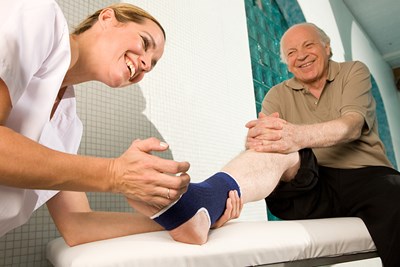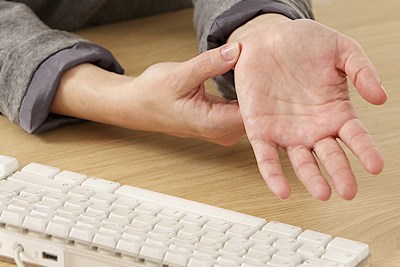Where Do Pinched Nerves Commonly Occur?
Pinched nerves can occur virtually everywhere because nerves run all over the body. A pinched nerve happens when the myelin sheath that protects the nerve or the nerve itself is compressed by surrounding tissues. This pressure can be caused by trauma, anatomical issues, and a variety of potential other things resulting in numbness or tingling, pain, and weakness. The location and severity of these symptoms depend upon the nerve that is pinched and where the pinching occurs. Here is a look at which nerves are most commonly pinched.
Neck and Back
Pinched nerves occur commonly in the neck or back. Herniated discs, bone spurs, and traumatic injuries are frequent causes of pinched nerves. The compression on the nerve or myelin sheath interrupts the sending of signals between nerve and brain. Shooting pain that may radiate around the area of the nerve is the most common symptom of a pinched nerve in the neck or back; sensation in the area may be reduced as well. Mobility may be hindered, and muscles weakness may ensue. No matter where the pinched nerve occurs, however, the first course of action for treatment—and one of the best things to do for the nerve—is to allow the area significant time for rest and recovery. If the compression is not managed fairly soon, the nerve may not ever return to normal.
Carpal Tunnel Syndrome
The carpal tunnel houses the median nerve as it travels through the wrists and into the fingers. Compression in the wrist from straining activities, water retention (such as occurs during pregnancy), fractures or dislocations, conditions that increase the risk of nerve damage, and inflammatory disorders (like rheumatoid arthritis) can all increase the likelihood of developing carpal tunnel syndrome. Symptoms include tingling or numbness in the hand and fingers; pain in the hand, fingers, and/or wrist; weakness in the muscles; and loss of dexterity. Weakness and lack of dexterity may be particularly due to the disruption of the ability to make a pinching motion, making it difficult to pick things up. Symptoms are often worse in the morning, as the hands tend to be balled into fists or the wrists remain flexed for long periods of time during sleep.
Sciatica
Sciatica is characterized by a compression of the sciatic nerve which runs from the lower back, through the bottom, and down both legs—although generally only one leg is affected at a time. The chances of developing sciatica increase as you get older along with the likelihood of skeletal issues. Risk factors and causes of sciatica include frequent activities that require swiveling at the hips or waist; being sedentary for long periods of time (whether as a lifestyle choice or because of occupational requirements); obesity; herniated discs; bone growths referred to as “bone spurs”; and disorders with the potential to cause nerve damage. The symptoms of sciatica include tingling, numbness, or sharp or jolting pain (which may range from mild to extreme) that is commonly felt in the lower back, rear end, and the backs of the legs.



